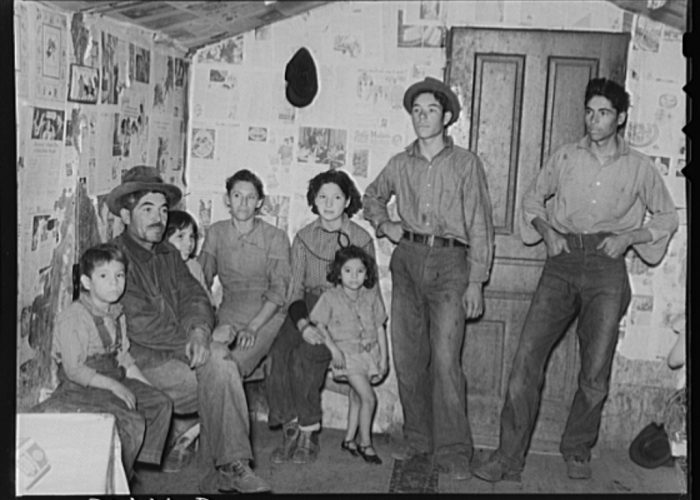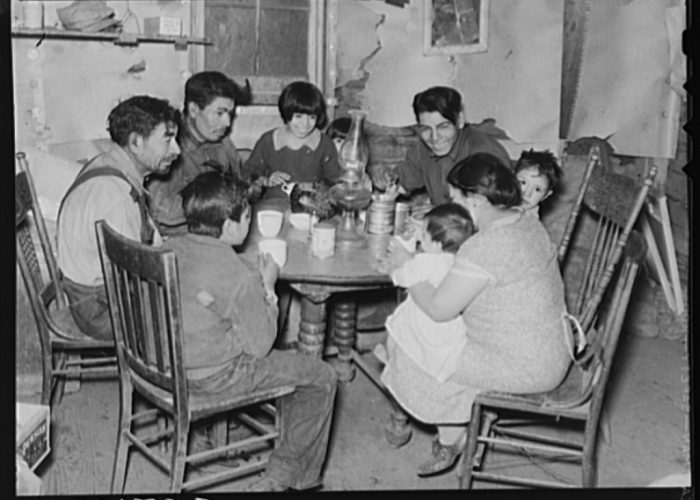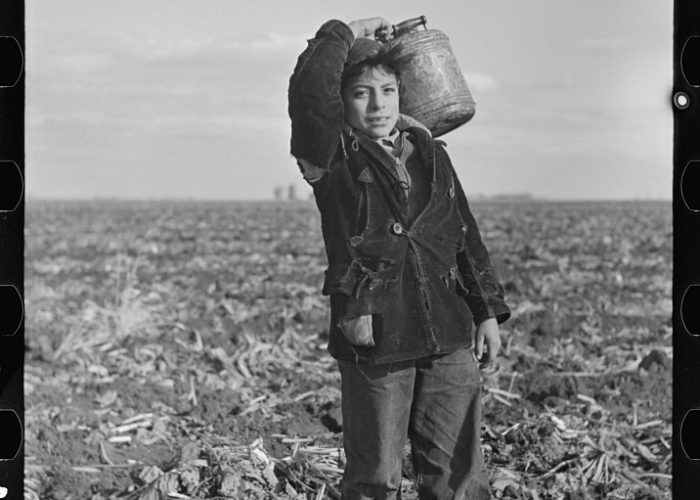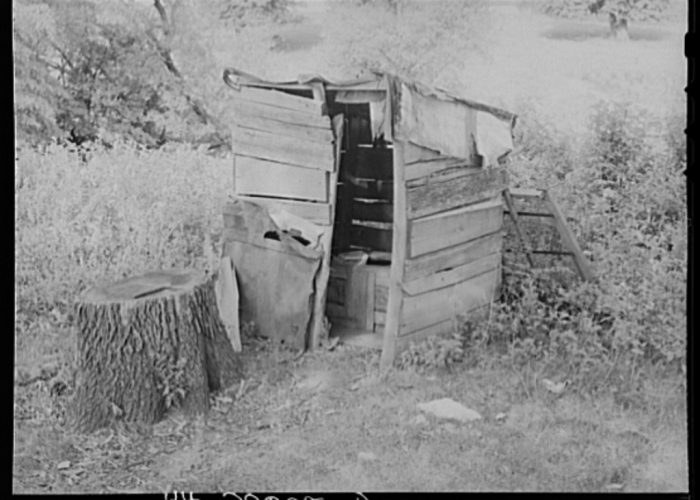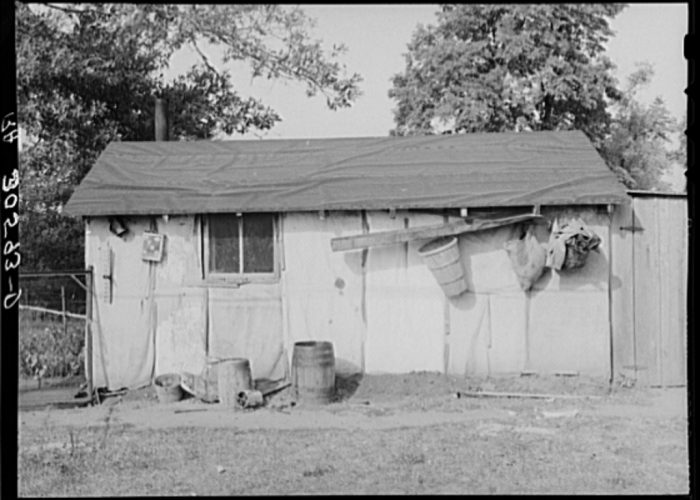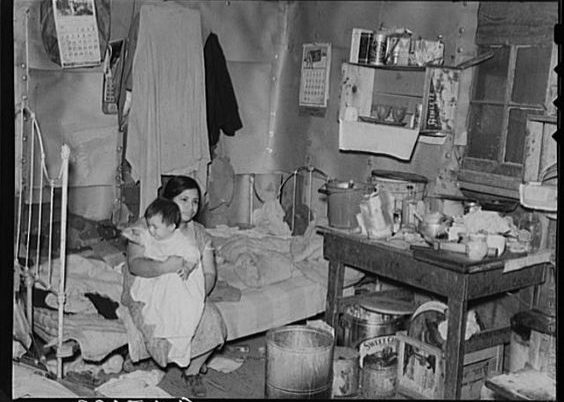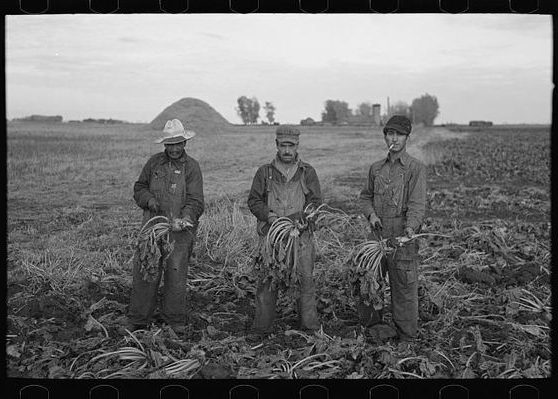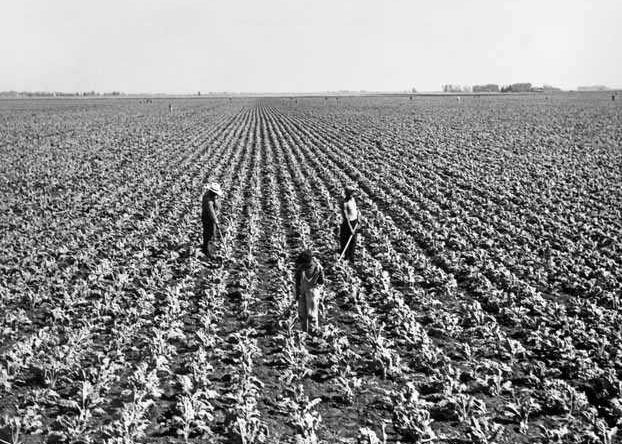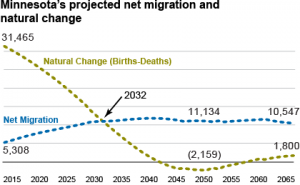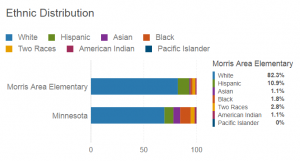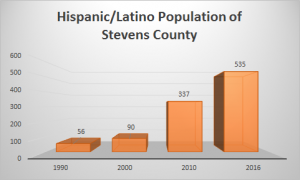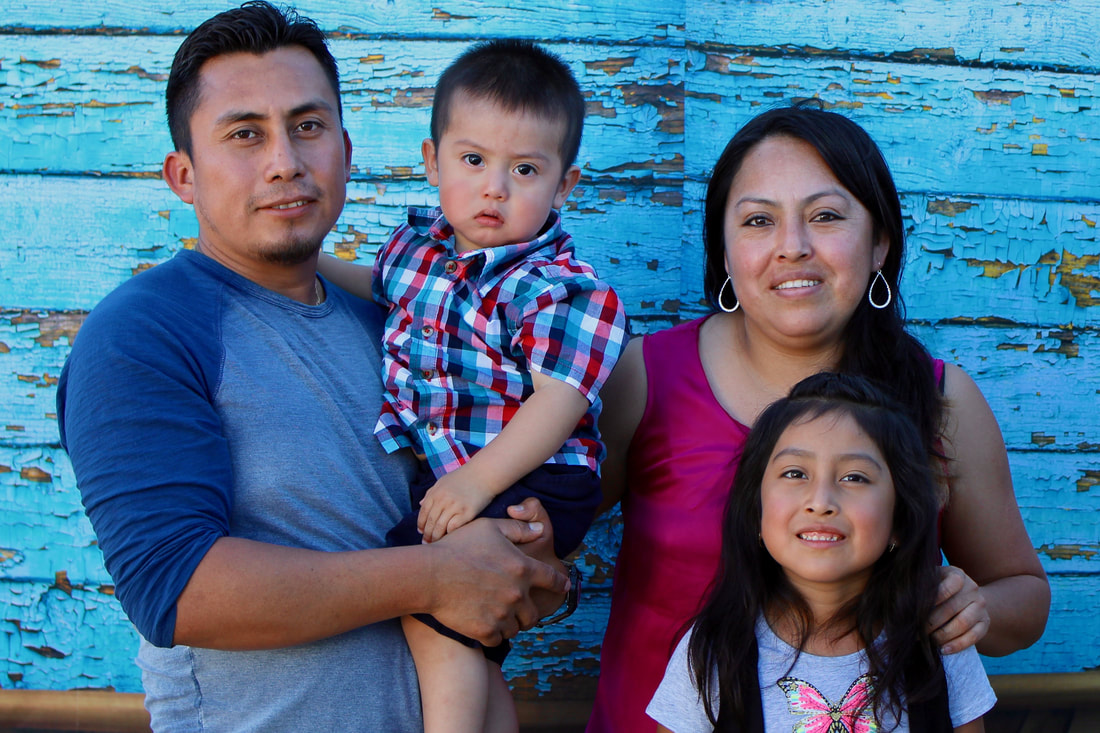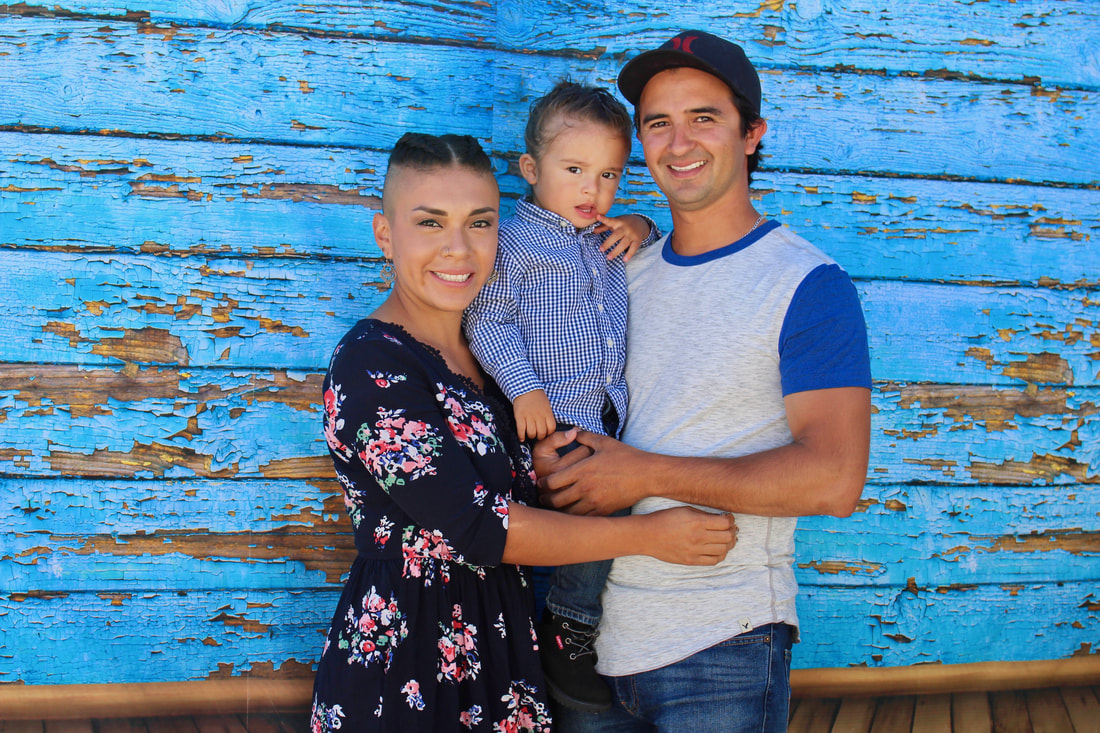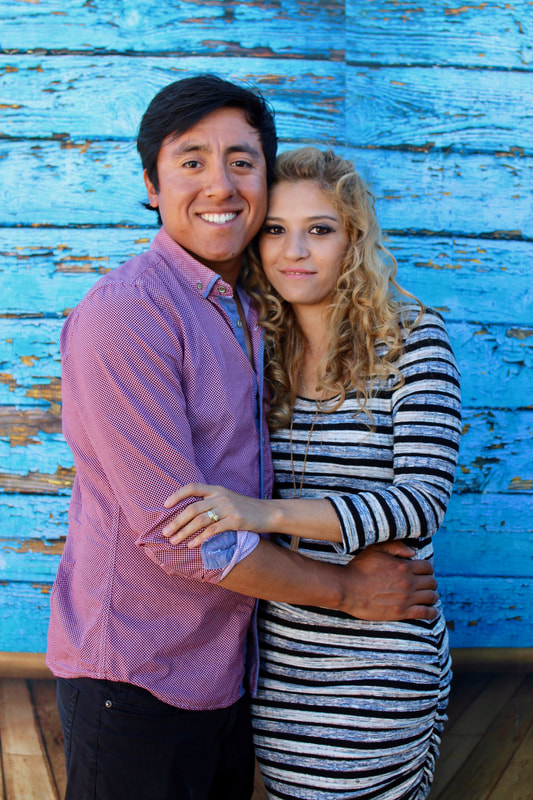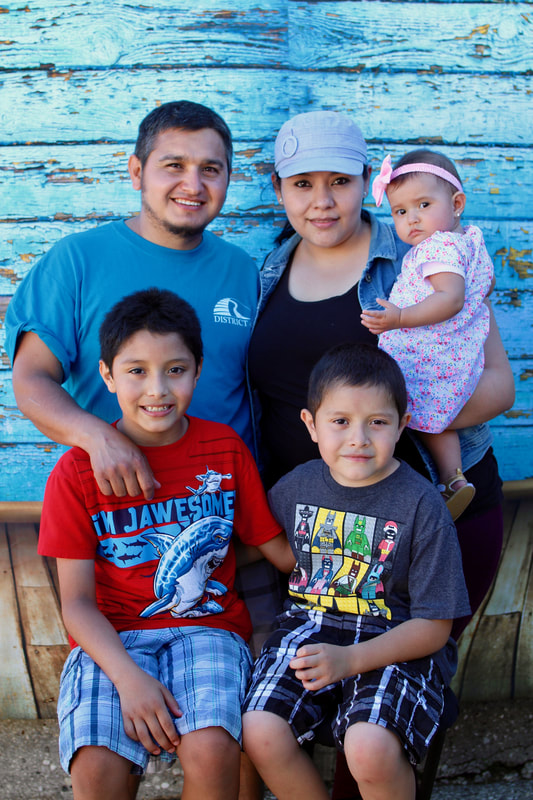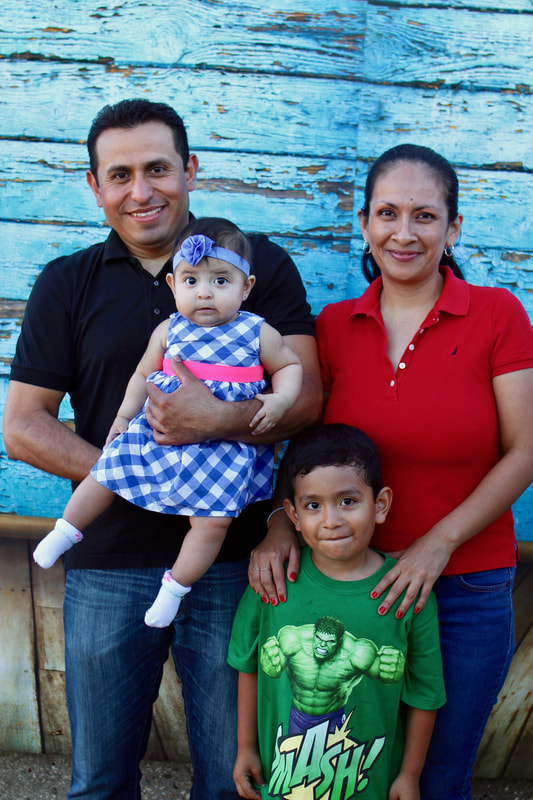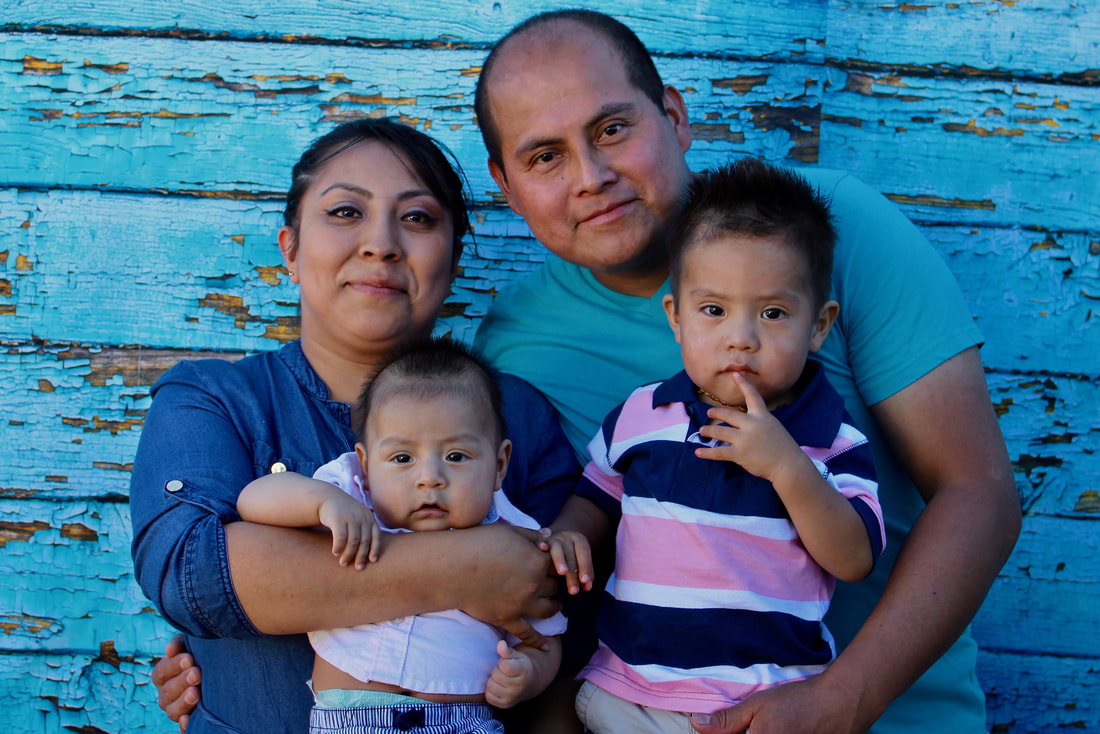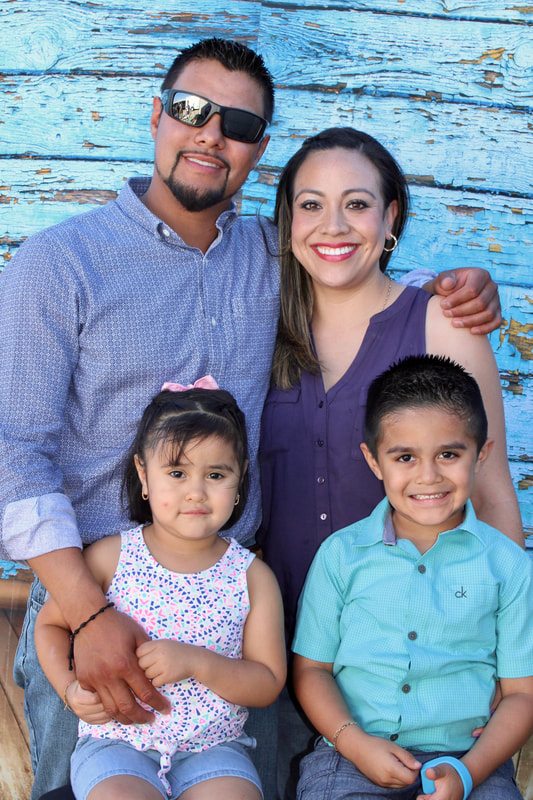FIRST MEXICANS IN MINNESOTA
Mexicans and Mexican Americans first began migrating to Minnesota in the late 1800s as seasonal field laborers. As the sugar-beet industry expanded in state so too did the need for more labor. In 1927, a sugar-beet company representative estimated the total Minnesota Mexican migrant population to be at 5,000 and increasing in 1928 to 7,000.1 Gradually, seasonal laborers began to settle in Minnesota. The first Mexican settlements in Minnesota are reported to have resided principally in the state’s capital of St. Paul. At that time, many of the states railroad headquarters were centered in St. Paul and employed a great number of the earliest Mexican residents.2 Mexican rail crew workers were reported to have been in Stevens County as early as the beginning of the 1900’s. “The big crew of 100 men were brought in. Some of them were Mexican.”3 By 1930 there were a reported 3,636 permanent residents of Mexican descent living in Minnesota, 70% of whom resided in St. Paul or adjacent Ramsey County. Compared to other Midwestern states, whose migrants were mainly single men, Minnesota had a high concentration of women and child migrants due to the lack of enforced labor laws early in the state’s history. This changed the social fabric of the state. Mexican women contributed to the economy by working outside of the home and becoming positive role models for their children.”4
CURRENT PATTERNS IN MINNESOTA MIGRATION
According to the Minnesota State Demographer, Susan Brower, “Over the next 15 to 20 years, the baby boomer generation will continue to exit the labor force, causing labor force growth to slow nearly to a halt. Thus, Minnesota will experience a heightened need for migration in order for the state to grow at all, but especially to shore up its labor force needs.”5 In a report by the American Immigration Council, in 2015, Mexico was ranked the number one immigrant country of origin in Minnesota at 13.9 percent of immigrants.6 Mexicans arriving to Minnesota are coming for a variety of reasons and on a variety of visas. The most heavily used non-immigrant labor visas by Mexicans include the H-2A (temporary agricultural worker), H-2B (temporary worker other than agriculture), TN & TD (NAFTA specialty occupation and dependent), H-1B/H-4 (specialty occupation and dependent).7 Many Mexican migrants who are sponsored by family or employers, are also granted a number of immigrant visas every year (Note: Non-immigrant visas granted to temporary workers whose intent is to return to their country of origin, where as immigrant visas are issued to those whose sole purpose is permanently reside in the United States. Regardless of initial intent, if given the opportunity, many temporary “non-immigrants” eventually file for permanent status, but this is not an easy, inexpensive, or guaranteed process.) The majority of Mexican immigrants in Stevens County, many of whom are highly educated and skilled workers, hold TN/TD, H-2A, and H-2B visas.
MEXICANS IN STEVENS COUNTY TODAY
With the change in the demographics of Stevens county since the 1990s, the University of Minnesota’s Office of Community Engagement has housed information on the Latino community in the surrounding area. By some estimates in 2017, close to 20% of Stevens County’s population is Latino and the Morris Area School district is now comprised of 15% Latinos. While other sources on Minnesotan demographics deem the average 8.2% in the public education sphere, Morris has been consistently above that since the early 2000’s.8
Statistics from the US Census Bureau indicate a significant growth in the Hispanic/Latino population in Stevens County over the past three decennial censuses and the 2016 population records in the area. These numbers are assumed to reflect only documented individuals and families at the time of the census and even then, may be grossly under-represented due to perceived consequences of identifying as Hispanic or Latino on legal documents.9
The following family portraits represent just a small sampling of the Mexican immigrants working and living in Stevens County. These pictures were taken at Riverview’s 2017 Employee Appreciation Picnic. Each family is a beautiful representation of the greater Mexican and Latino population in Stevens County.
All photos in this slideshow were taken with permission from Riverview.
Image Bibliography
- Beet 1- Lee, Russell, photographer. Young girl working in the beet fields, near Fisher, Minnesota. Fisher Minnesota, 1937. Oct. Photograph. Retrieved from the Library of Congress, https://www.loc.gov/item/fsa1997022435/PP/. (Accessed November 15, 2017).
- Beet 2 – Sugar beet cultivation in the Red River Valley, ca. 1940. http://www.mnopedia.org/multimedia/sugar-beet-cultivation-red-river-valley. (Accessed November 15, 2017).
- Beet 3 – Lee, Russell, photographer. Mexican beet workers, near Fisher, Minnesota. Fisher Minnesota, 1937. Oct. Photograph. Retrieved from the Library of Congress, https://www.loc.gov/item/fsa1997022429/PP/. (Accessed November 15, 2017).
- Beet 4 – Lee, Russell, photographer. Interior of Mexican sugar beet worker’s home. East Grand Forks, Minnesota. East Grand Forks Minnesota Polk County, 1937. Sept. Photograph. Retrieved from the Library of Congress, https://www.loc.gov/item/fsa2000011890/PP/. (Accessed November 15, 2017).
- Beet 5 – Lee, Russell, photographer. Mexican beet workers family, near Fisher, Minnesota. Fisher Minnesota, 1937. Oct. Photograph. Retrieved from the Library of Congress, https://www.loc.gov/item/fsa1997022424/PP/. (Accessed November 15, 2017).
- Beet 6 – Lee, Russell, photographer. Home of sugar beet worker near Chaska, Minnesota. Carver County Chaska Minnesota, 1937. Sept. Photograph. Retrieved from the Library of Congress, https://www.loc.gov/item/fsa2000011760/PP/. (Accessed November 15, 2017).
- Beet 7 – Lee, Russell, photographer. Privy of Mexican beet worker’s family near Chaska, Minnesota. Carver County Chaska Minnesota, 1937. Sept. Photograph. Retrieved from the Library of Congress, https://www.loc.gov/item/fsa2000011769/PP/. (Accessed November 15, 2017).
- Beet 8 – Lee, Russell, photographer. Mexican boy water carrier in beet field near East Grand Forks, Minnesota. East Grand Forks Minnesota, 1937. Oct. Photograph. Retrieved from the Library of Congress, https://www.loc.gov/item/fsa1997022186/PP/. (Accessed November 15, 2017.)
- Beet 9 – Lee, Russell, photographer. Mexican beet worker family having coffee after a day’s work. East Grand Forks, Minnesota. East Grand Forks Minnesota Polk County, 1937. Sept. Photograph. Retrieved from the Library of Congress, https://www.loc.gov/item/fsa2000011891/PP/. (Accessed November 15, 2017).
- Beet 10 – Lee, Russell, photographer. Transient Mexican worker’s family from Texas. East Grand Forks, Minnesota. East Grand Forks Minnesota Polk County, 1937. Sept. Photograph. Retrieved from the Library of Congress, https://www.loc.gov/item/fsa2000011878/PP/. (Accessed November 15, 2017). – standing
- Schmidgall, Amy, ed. “Ethnic Distribution.” Chart. Start Class. http://public-schools.startclass.com/l/183979/Morris-Area-Elementary. (Accessed November 21, 2017).
- Schmidgall, Amy. “Hispanic/Latino Population of Stevens County.” Chart. U.S. Census Bureau. (Accessed November 21, 2017). “Census Bureau .” U.S. Census Bureau QuickFacts: Stevens County, Minnesota. https://www.census.gov/quickfacts/fact/table/stevenscountyminnesota/PST040216. (Accessed November 21, 2017).
Bibliography
- Diebold, Susan M. “The Mexicans.” In They Chose Minnesota, edited by June Drenning Holmquist, 92-110. St. Paul: Minnesota Historical Society Press, 1981: 92
- Diebold, Susan M. “The Mexicans.” In They Chose Minnesota, edited by June Drenning Holmquist, 92-110. St. Paul: Minnesota Historical Society Press, 1981: 92
- Busch, Edna Mae. The History of Stevens County. Steven County Historical Society, 1976.
- “Migrant Workers.” MNopedia. http://www.mnopedia.org/group/migrant-workers. (Accessed November 21, 2017).
- “Minnesota Compass.” Minnesota Compass. http://www.mncompass.org/trends/insights/2015-01-01-migration-patterns. (Accessed November 21, 2017).
- “Immigrants in Minnesota.” American Immigration Council. October 27, 2017. https://www.americanimmigrationcouncil.org/research/immigrants-in-minnesota. (Accessed November 21, 2017).
- “Visa Statistics.” U.S. Department of State. https://travel.state.gov/content/visas/en/law-and-policy/statistics/non-immigrant-visas.html. (Accessed November 21, 2017.)
- Schmidgall, Amy, editor. “Ethnic Distribution.” Start Class. public-schools.startclass.com/l/183979/Morris-Area-Elementary. (Accessed 21 Nov. 2017).
- Manolis, Argie, Cristina Ortiz, and Keni Zenner. “Morris Intercultural Education Initiative: A Community Needs and Assets Assessment.” Morris, 2014.


